curdy
ArboristSite Operative
I'll do the best I can to explain the situation and provide as many pictures as I can. We've lived at this property for 4 years now. It was in neglected shape when we moved in. We've spent a good bit of time and $ on clean up and tree work. I'm getting pretty discouraged as we seem to continuously have trees of all ages dying. We've had some understandable losses from storm damage, construction damage (that one really ticks me off), and insects (carpenter ants).
Now we have several others that look stressed and I'm really looking for help. Its not just about the beauty and enjoyment of the property, its expensive to have them removed.
I didn't bother taking pics of the ones that are already dead and are coming down soon. 2 of them were nice mature trees that showed absolutely no signs of dying. Red oak and bitternut? hickory. I can take pics of those if it will help.
Please let me know what information I can provide. Here are the pics:
White oak in center and 2 shag bark hickory to the left. One of the hickories is almost now bare and has lots of leaves shriveling up. The other one has leaves that get much smaller as it goes up.
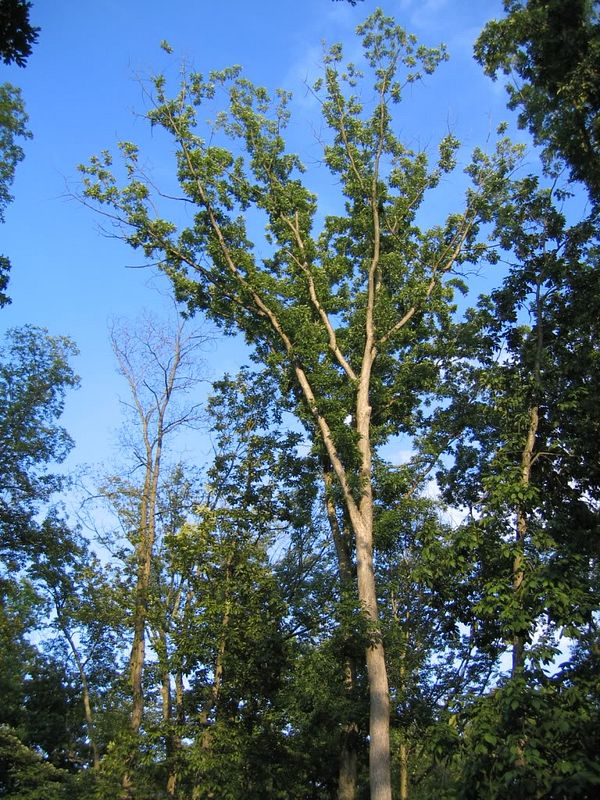
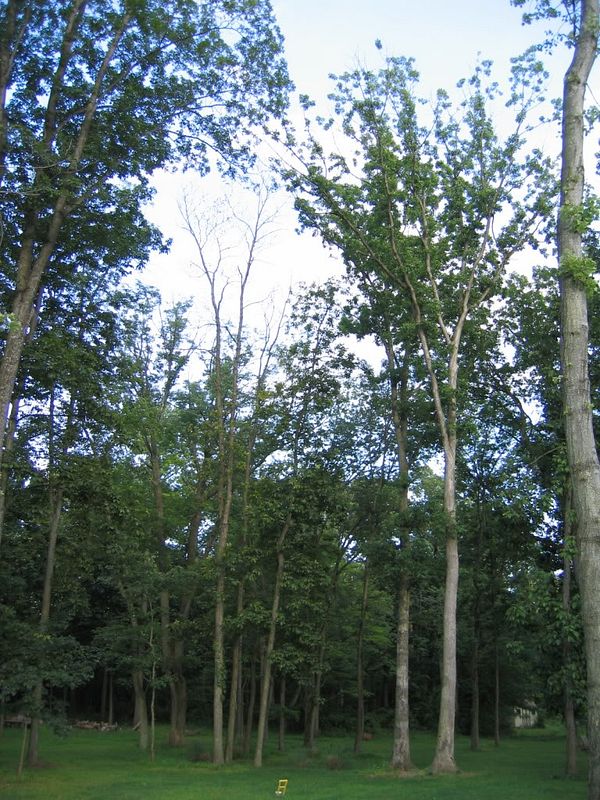
A pic from underneath the 2 hickory in the last 2 pic.
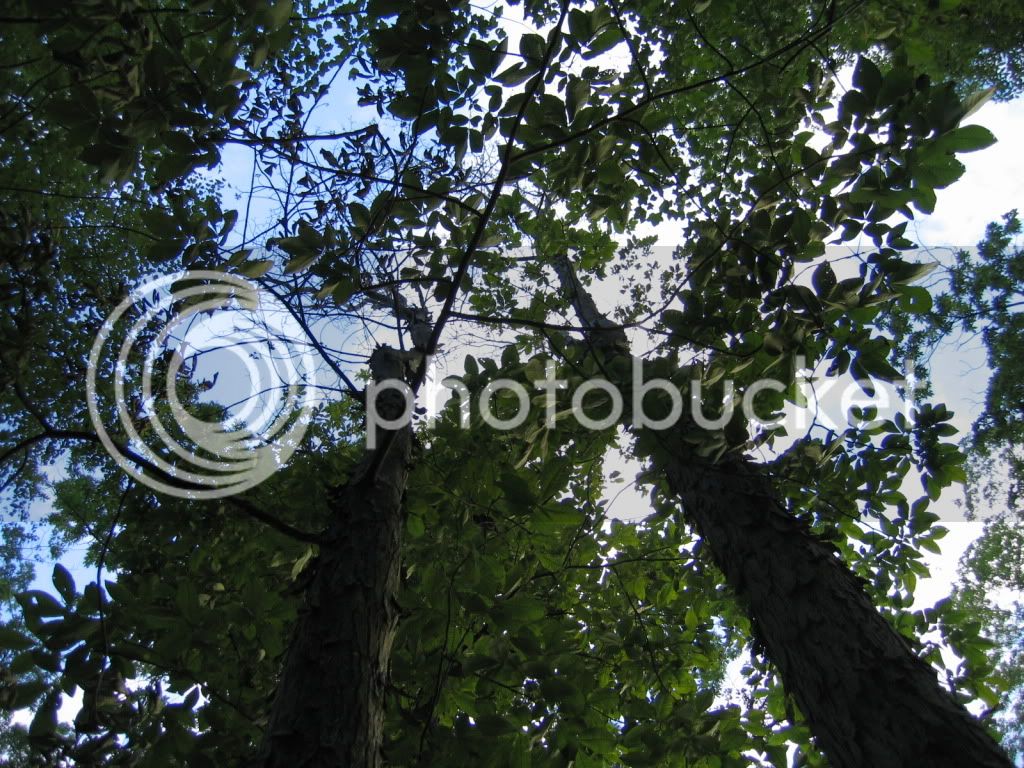
Red oak in center, maple surrounding
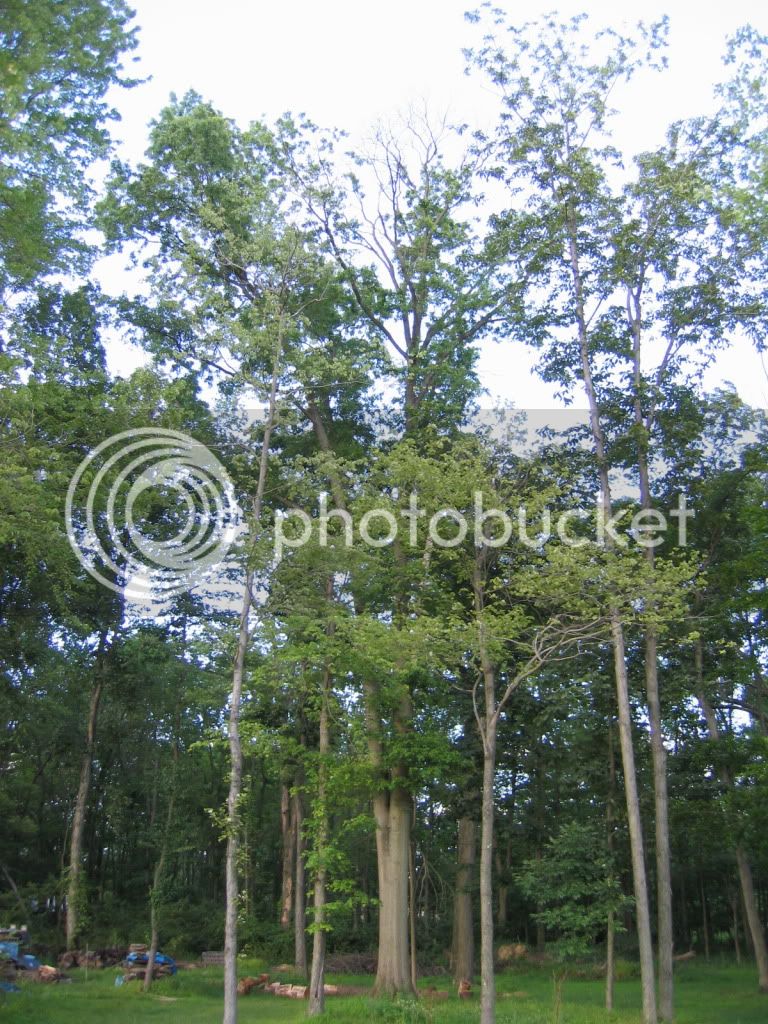
Beech
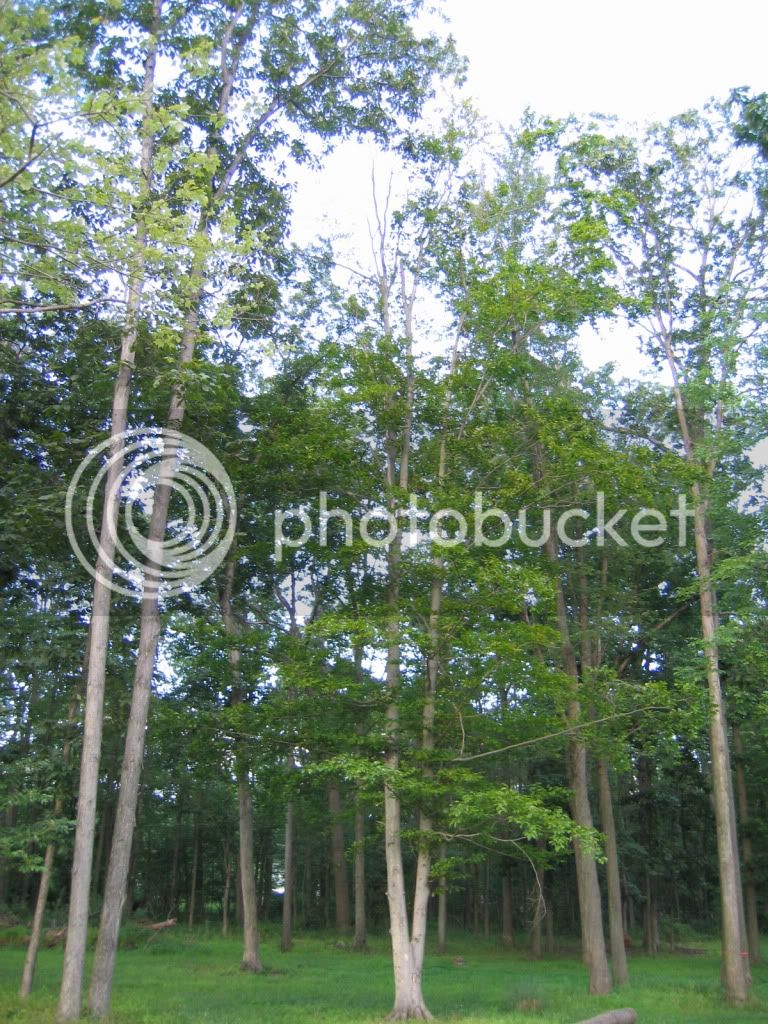
Hickory
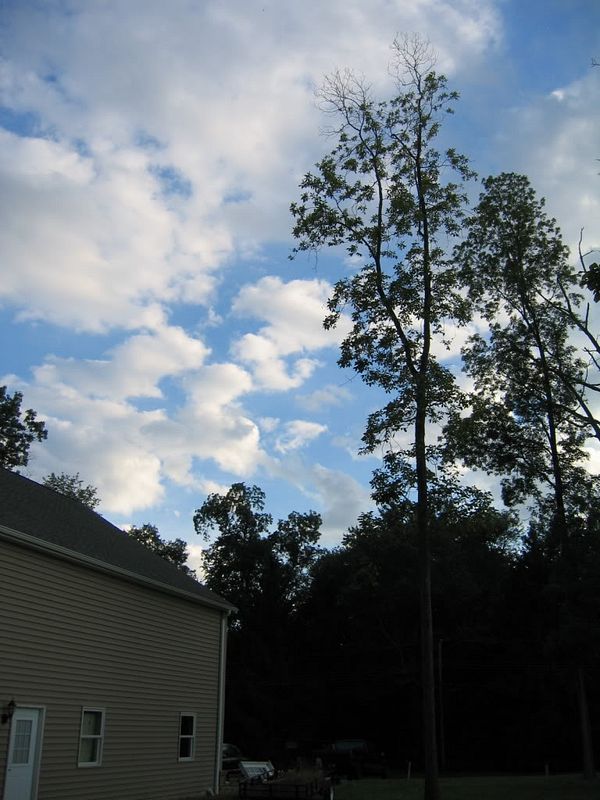
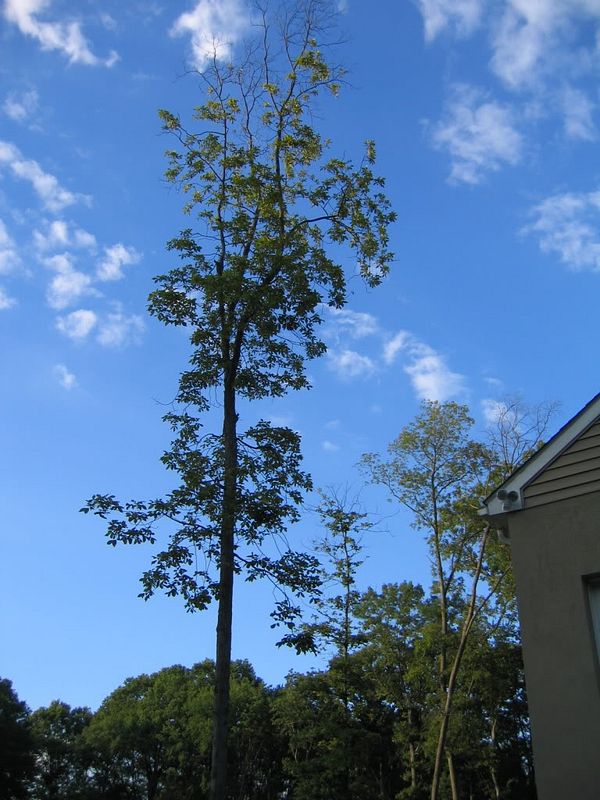
Hickory to left and maple to the right
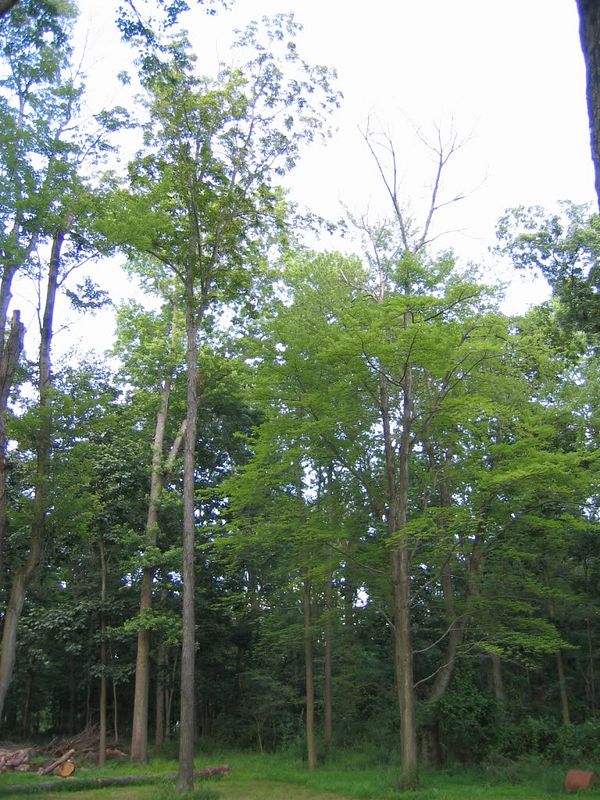
Now we have several others that look stressed and I'm really looking for help. Its not just about the beauty and enjoyment of the property, its expensive to have them removed.
I didn't bother taking pics of the ones that are already dead and are coming down soon. 2 of them were nice mature trees that showed absolutely no signs of dying. Red oak and bitternut? hickory. I can take pics of those if it will help.
Please let me know what information I can provide. Here are the pics:
White oak in center and 2 shag bark hickory to the left. One of the hickories is almost now bare and has lots of leaves shriveling up. The other one has leaves that get much smaller as it goes up.


A pic from underneath the 2 hickory in the last 2 pic.

Red oak in center, maple surrounding

Beech

Hickory


Hickory to left and maple to the right





